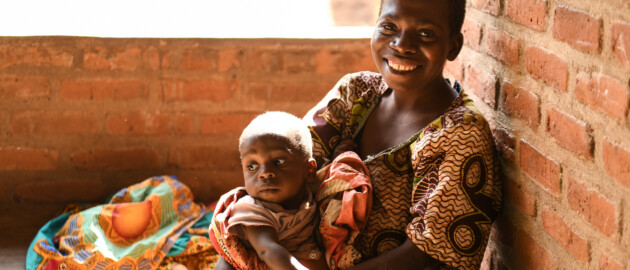Increase Gains in Nutrition by Integration, Education, Evaluation, Empowerment…
Working alongside our partners, this project will deliver integrated nutrition, health and WASH programming for those who need it most in Malawi, Ghana and Pakistan.

Good nutrition is crucial to overcoming gender barriers.
We apply a gender lens to all of our programs, projects and partnerships to ensure women and girls can be empowered advocates for their own health and nutrition.
Women and girls are hit hardest by malnutrition.
Access to good nutrition is a basic human right and a fundamental component of human dignity. Yet women and girls are twice as likely to suffer from malnutrition as men and boys, due to a combination of biological, social and cultural reasons.
When women and girls are empowered to claim their rights, it leads to improved health and nutrition for themselves and a better quality of life for their families and communities.
But achieving gender equality will not be possible as long as women and girls suffer from malnutrition at a much higher rate than men and boys.
Our programs and partnerships ensure women and girls get the nutrition they need to thrive.
Through programs and interventions that specifically target women, adolescent girls, and pregnant women, we help ensure they have access to improved nutrition.
Some of the interventions that reach women and girls include:
Grounded in the United Nation’s Sustainable Development Goals, Global Nutrition Targets 2025, and global efforts to promote gender equality, we mainstream gender equality in a phased approach by:
Our gender mainstreaming approach considers differences between men and women to ensure fair results.
Gender mainstreaming is an approach that considers social and economic differences between men and women to ensure that proposed policies and programs have intended and fair results for women and men, girls and boys, and considers how actions contribute to gender equality and women’s empowerment.
Our implementation priorities for gender mainstreaming include:
Mainstreaming gender equality
Nutrition International’s Program Gender Equality Strategy
This strategy provides guidance to staff and partners to ensure that we identify and respond to gender inequalities that lead to increased nutritional needs or lead to inequitable access to nutrition and health services.
Discover our projects around the world
Browse our complete list of projects to learn about how we deliver high-impact, low-cost, evidence-based nutrition programs for those who need it most.